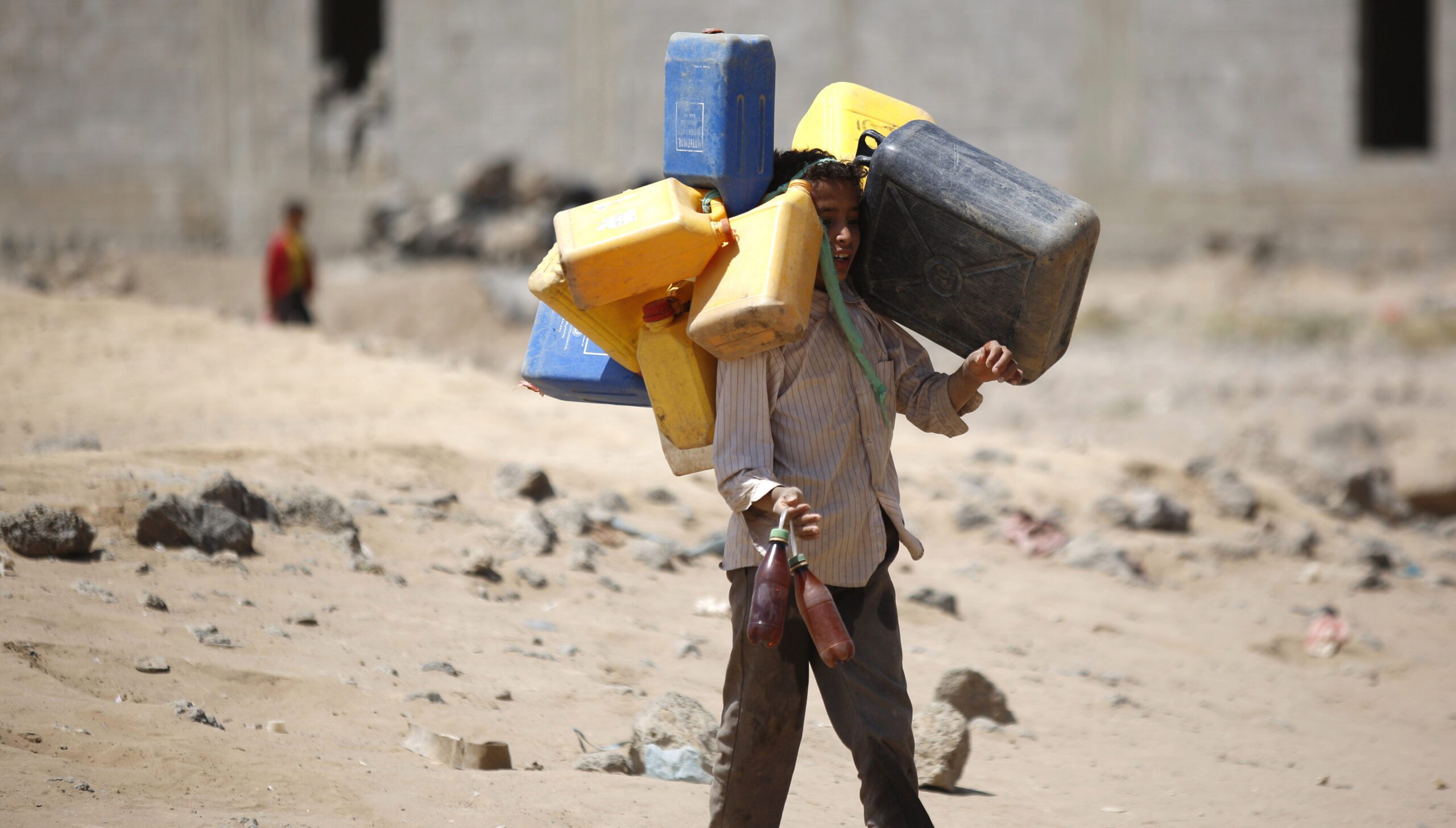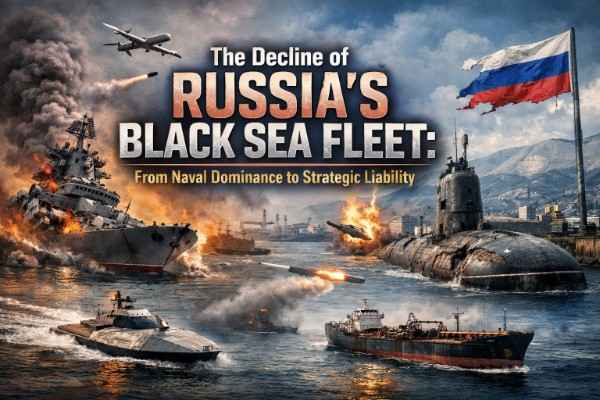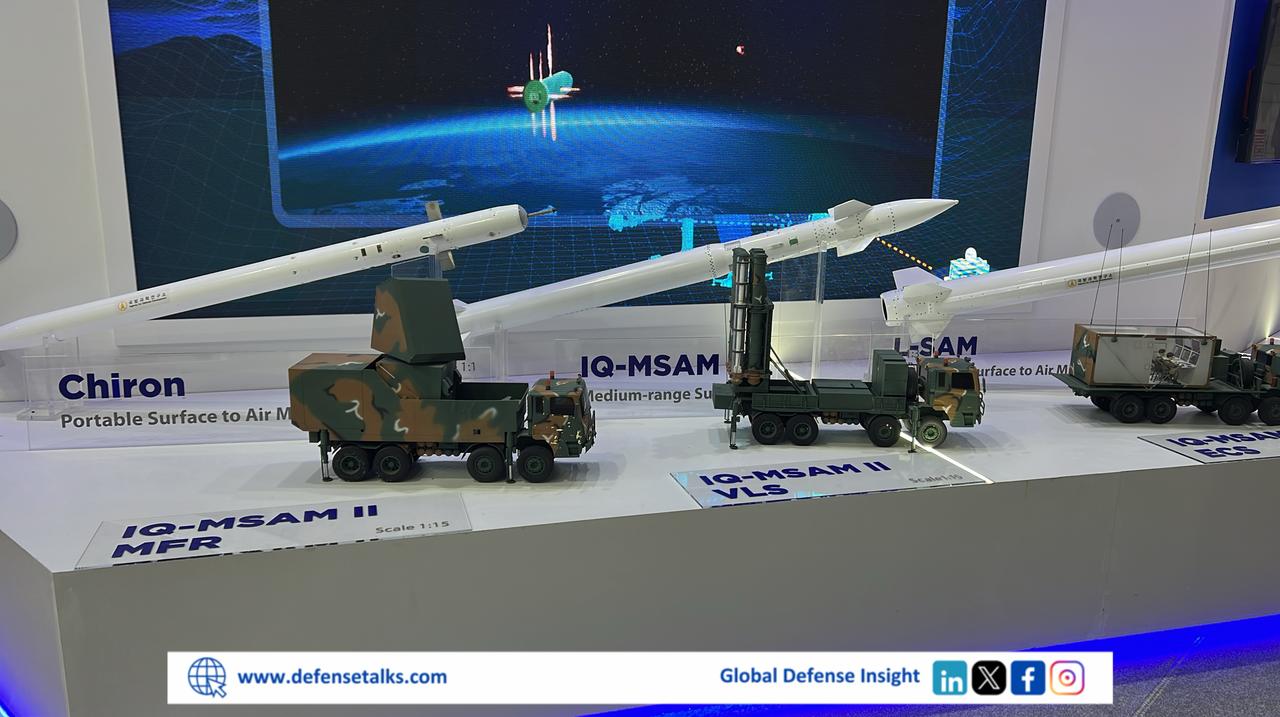Challenges of Water Scarcity and Security in MENA
The people of the Middle East and North Africa are facing a serious and alarming water crisis. The Middle East and North Africa (MENA) are known as the most-scarce regions in the world where more than 60% of the population has little or no access to drinkable water. According to the World Bank, the MENA region also has the greatest expected economic losses from climate-related water scarcity, estimated at 6–14% of GDP by 2050. There are a lot of reasons behind the crisis, such as climate change, increased demand for water due to population growth, poor resource management, wasteful agricultural policies, and outdated irrigation methods. Challenges of Water Scarcity impose serious threats on the socio-economic development and security of the region.
Read More: Iraq War In Terms Of Just War Theory
If the region suffers from water shortage for a long period, there could be inevitable risks of food shortage and famine. Moreover, the region can be vulnerable to large-scale inter-state or intra-state conflicts and refugee crises. Hence, it will lead to perilous security challenges in the region. According to some resources, the Yemeni farmers have increased the depth of the wells by approximately 50 meters during the past 12 years. But unfortunately, the level of water that is accessible to them has decreased by two-thirds. This has exacerbated the violent confrontations in an effort to obtain water.
Water scarcity could lead to a major conflict between Iraq and Iran. Iraq mainly depends upon Tigris and Euphrates rivers for almost all its waters. But Iran is constructing a dam over there to divert the water that is causing water scarcity in Iraq, creating major problems and a warring situation between the two states. Consequently, due to Iran’s actions, the flows of the Sirwan and Little Zab, the two tributaries of the Tigris River have fallen significantly. The Kolsa dam in the Sardasht region of Iran has caused a reported 80% drop in the water levels in the Little Zab. Hence, Challenges of Water Scarcity (water dispute) between Iraq and Iran now seem to have reached a deadlock and the possibilities for trans-boundary water cooperation between the two states are very low to be anticipated.
More than five million people in Syria directly depend on the river. A devastating drought in the late 2000s triggered the mass migration of one and a half million people in Syria from rural to urban areas. The local protests sparked by water shortages have been spreading throughout the region. The Syrian war is a dreadful illustration of how the problem of water shortage can lead to instability and conflict.
In Libya, the region of North Africa, over 4 million people including 1.5 million children are about to face an imminent water shortage. The situation has become worse due to continued population growth, low rainfall, and higher water demand for agriculture and industrial use. In war-torn Libya, water is even being used as a weapon of war.
More than 500 million Africans lack access to improved sanitation. The water crisis is one of the most important challenges that North African countries are going to face in the next decades and without appropriate solutions, there is going to have a huge impact on food production and food security.
MENA countries have been increasingly adopting new strategies to balance their scarce water resources and growing demand for freshwater, although their options may be dictated by several different factors. For low-income and war-torn countries, such as Yemen, it would not be easy to purchase the high-tech equipment available to high-income countries, such as Saudi Arabia. To attain long-term sustainable development, slowing population growth in the region and creating effective policies and programs for improved water management are the appropriate and possible solutions.
Initiatives must be taken for multilateral agreements for the establishment of trans-boundary water resource management. Such steps can be helpful to overcome political barriers and may lead to the adoption of an integrated framework to manage the demand and supply of water in the long term. The international community and institutions, like the European Union and United Nations, can provide financial and technical support to bolster the cross-border cooperation. The international community can act as a facilitator for the negotiations among riparian states and resolve water disputes through bilateral treaties and cooperation. If this issue is not addressed at the global level, there’s a great risk of conflicts and wars over water in this region and no doubt it will have a spillover effect on the neighboring countries as well.
Author: Shumaila Ghazal

About:
Under-graduate student of International Relations at International Islamic University, Islamabad














